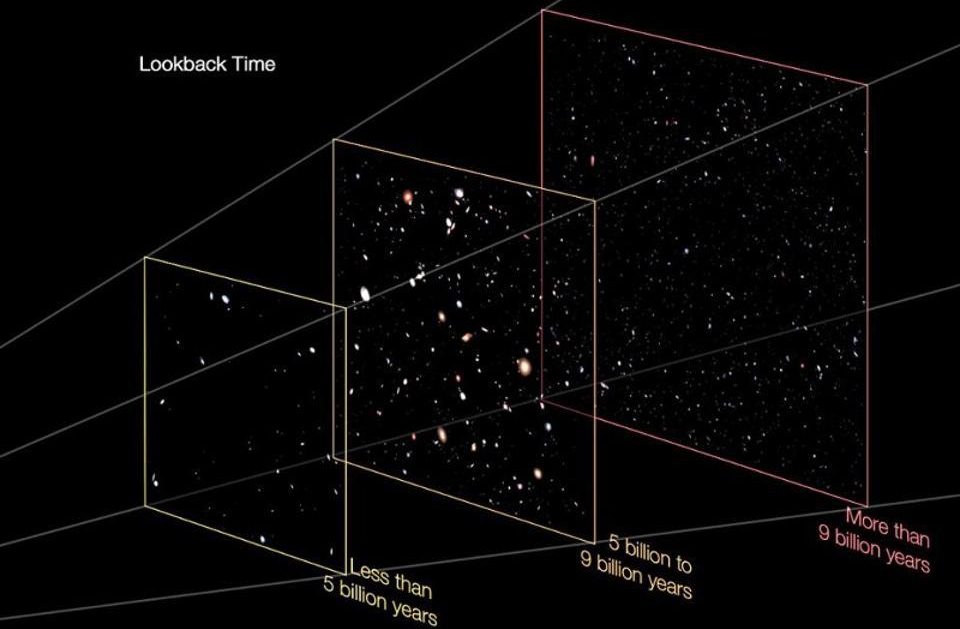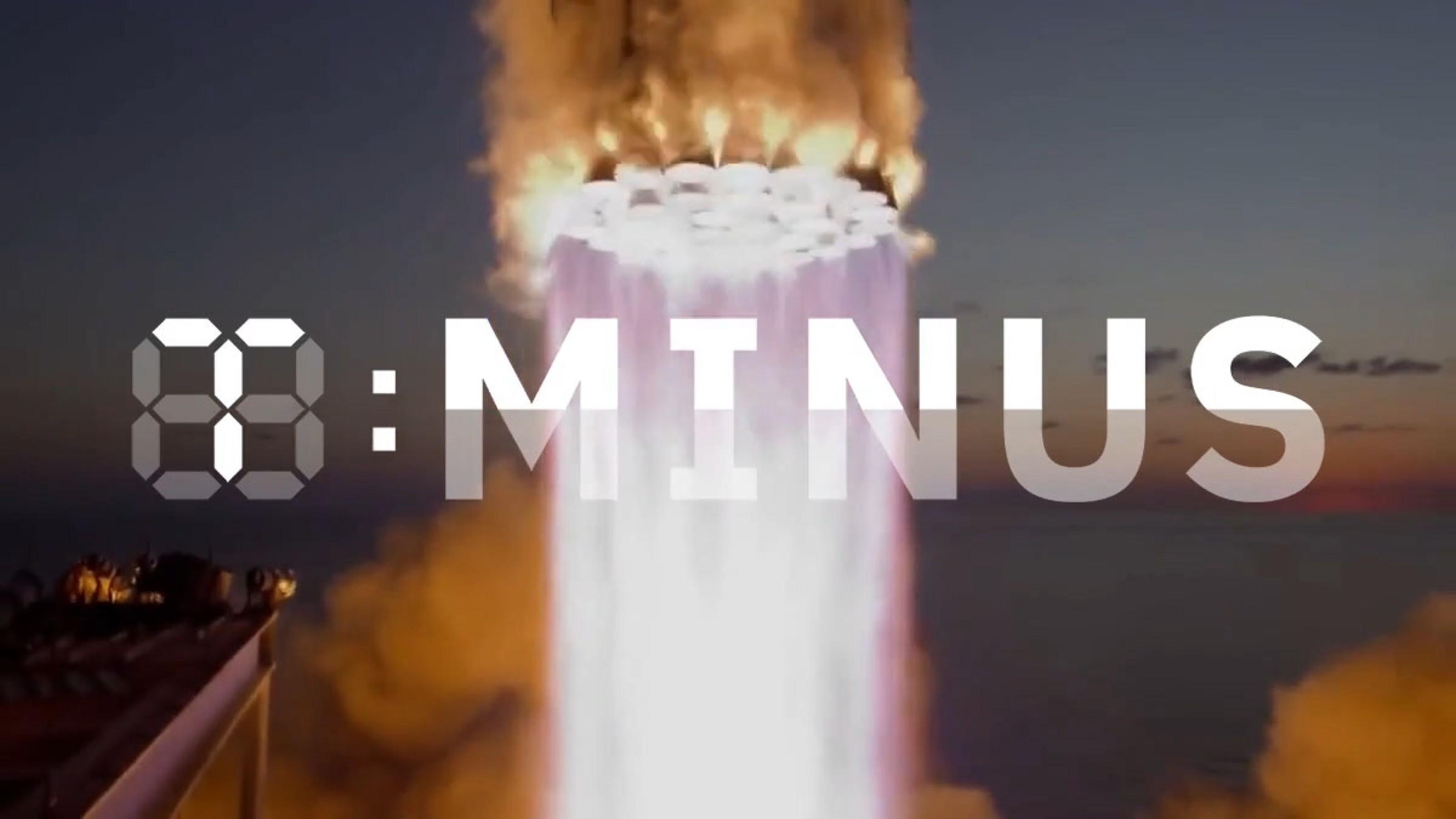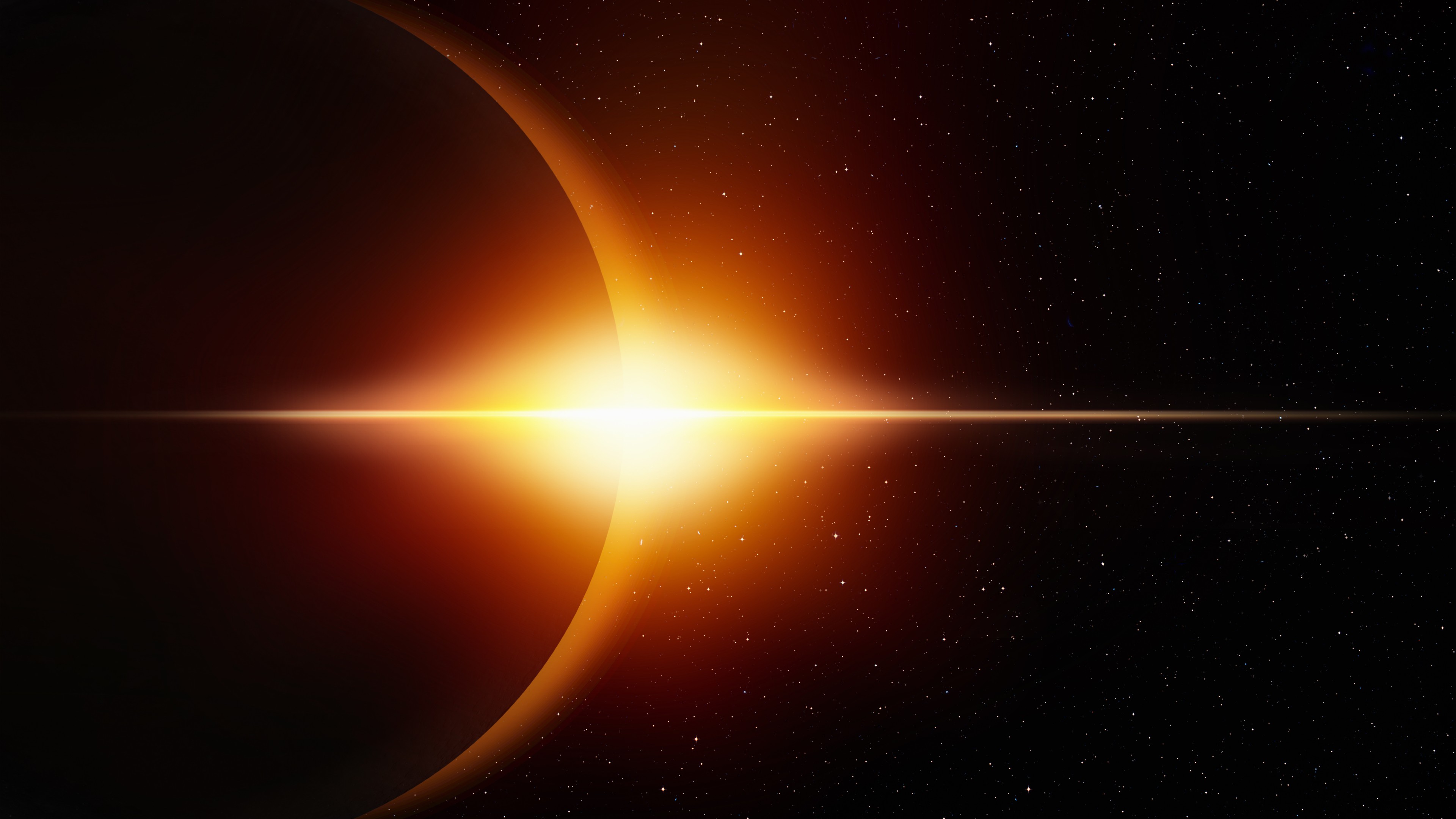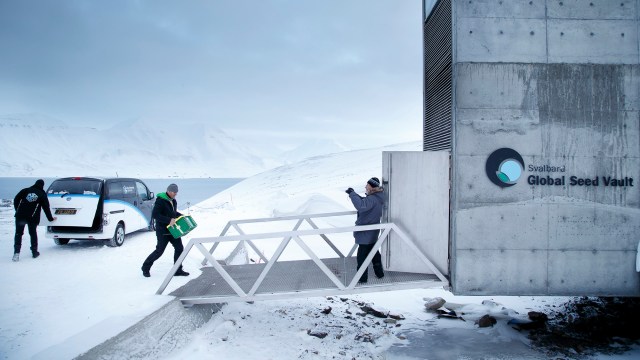Ask Ethan: How can I travel through space without getting into trouble?
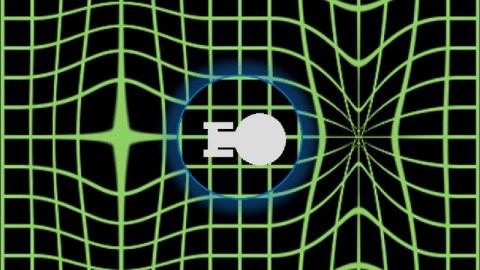
If Scotty beams you up for a trip around the Sun, here’s how to handle it.
“I really didn’t have to work, shall we say, with Star Trek. It was a natural. When I opened my mouth, there was Scotty. It’s like I tell people what you see in Scotty is 99% James Doohan and 1% accent.” –James Doohan
Whether it was NASA, Star Trek or Einstein that first inspired you, space travel offers some incredible possibilities for us all. The idea of rocketing or beaming into space and traveling interplanetary or interstellar distances is a dream many of us have considered, but we still have the laws of physics to contend with… and our families, when we come back home. This is the concern of Jaakko Malmgren, who regales us with the following story:
Sometimes (usually Fridays after work) my friend Scotty beams me up to USS Enterprise for a ride around Sun following the orbit of planet Earth. The warp takes about 2 hours, so I guess our speed is very close to light speed, but not quite. During the ride I usually have a couple of beers, so when Scotty beams be back to my front door, my wife has difficulties believing me when I tell her that I was not at the local Pub…
This seems like a likely story. Let’s see how Jaakko’s trip checks out when we stack it against the laws of physics.
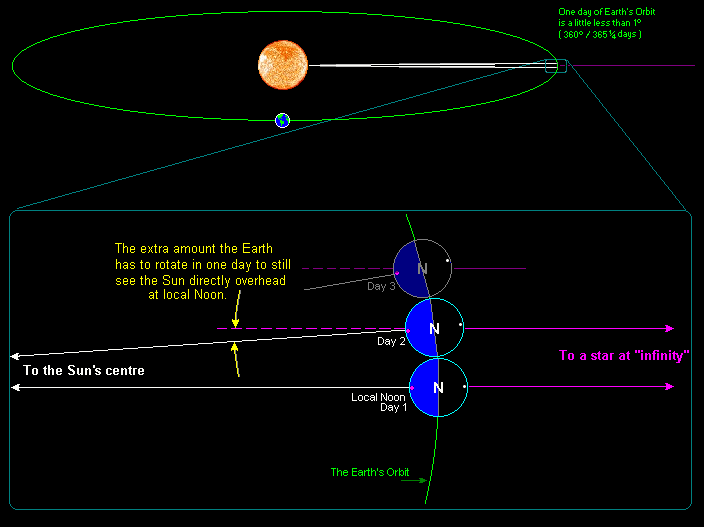
To take a trip around Earth’s orbit, once around the Sun, means traveling approximately 940 million kilometers (584 million miles). If you want to make that trip in only two hours, that means traveling at a mean speed of 44% the speed of light: well within what Einstein’s relativity allows you to do. This means you don’t need wormholes; you don’t need warp drive; you don’t need anything more than conventional rocket technology. Well, that, plus a lot of energy.
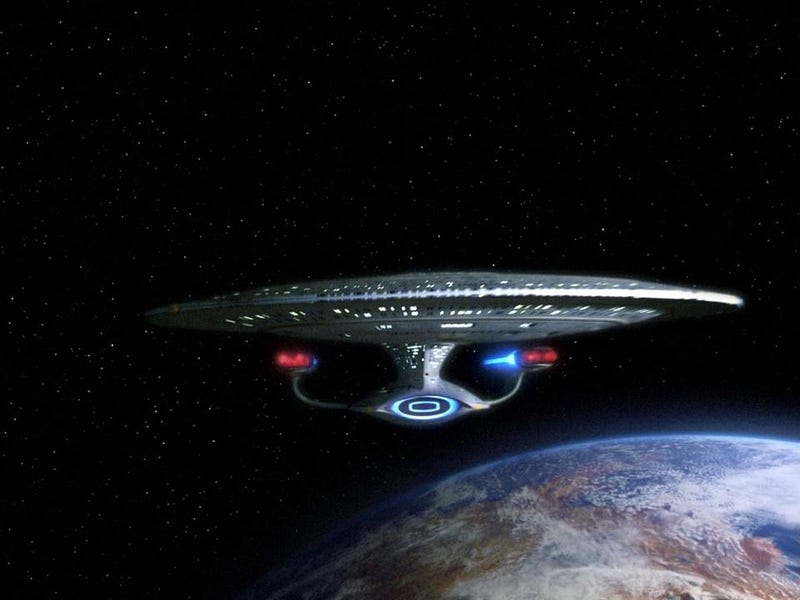
In Star Trek, they would take care of sub-light travel with impulse engines. Warp drive might be great for covering tremendous distances, but it’s lousy for precision motions; the last thing you’ll want to do is jump out of warp and wind up inside a planet or star! Impulse engines don’t warp the fabric of spacetime, they simply operate under the principle of Newton’s third law: you spit out atoms, plasma or light in the opposite direction of your desired travel, and accelerate in the direction you want to go. It’s how every rocket humanity has ever designed has worked, and the same principles apply here.
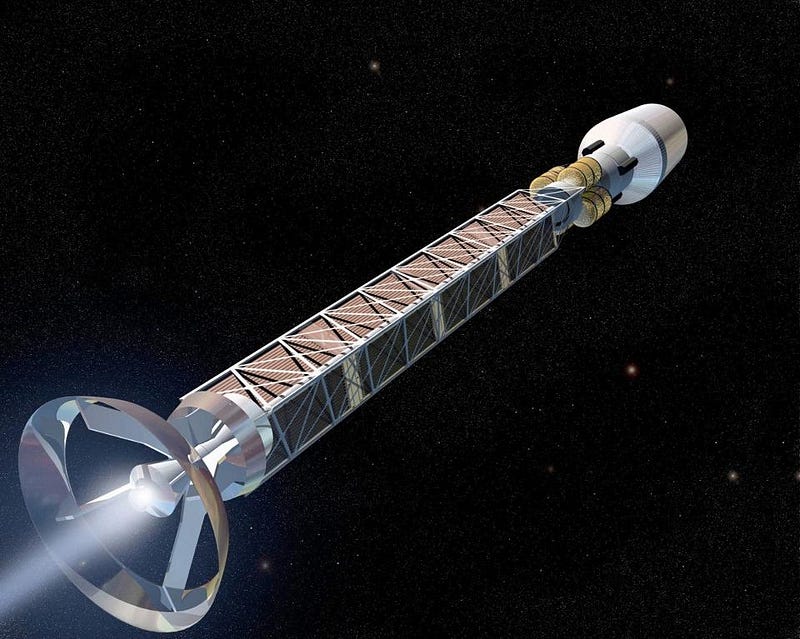
Assuming the transporters worked, and assuming the Enterprise didn’t slow down to pick you up, the only extra acceleration would be for your paltry mass: somewhere around 80 kilograms. To accelerate you to 44% the speed of light would take about 100 petajoules of energy, or as much energy as was released by the B41 nuclear bomb: the most powerful detonation the United States ever produced.

Once you made it on board the Enterprise, you’d have an even bigger problem: maintaining your speed in orbit around Earth. “Hold on,” I can hear you saying, “as long as I maintain the same speed, won’t Newton’s first law — the one about an object in motion staying in motion — just let me do that for free?” Sure, as long as you don’t mind keeping the same direction to your motion: tangent to Earth’s orbit. Welcome to interplanetary space, and in short order, interstellar space. It will take you mere hours to do what it took the Voyager probes decades to do: leave the solar system.
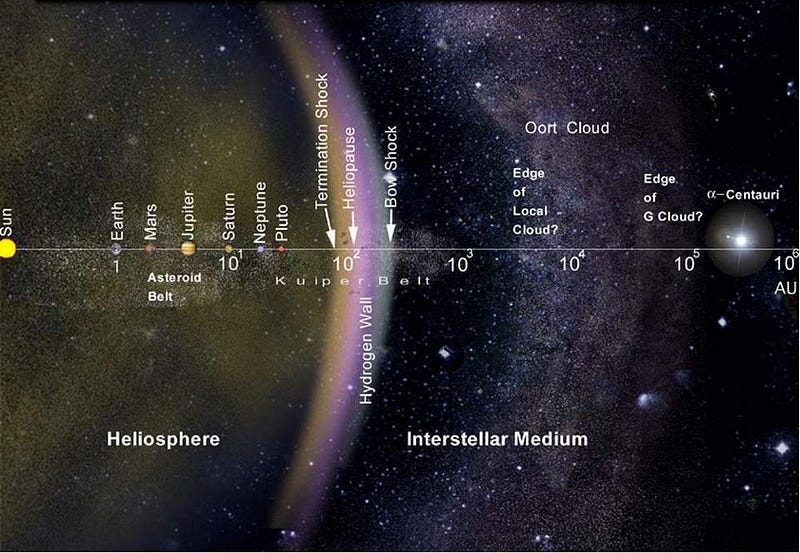
Instead, you’ll want to keep moving on the same path as Earth’s orbit, meaning you’ll need to exert a huge centripetal (center-seeking) force to keep you in orbit around the Sun. At your incredible speeds, that means a constant thrust of 140 teranewtons of force just to keep the original Enterprise, at around a million tons, in a stable orbit at the speeds you want to go. Even if you were powering your impulse drive on matter-antimatter annihilation, you’d need to burn through around 100,000 tons of mass — turning it into pure energy via Einstein’s E = mc² — just to make a single orbit at 44% the speed of light around the Sun.
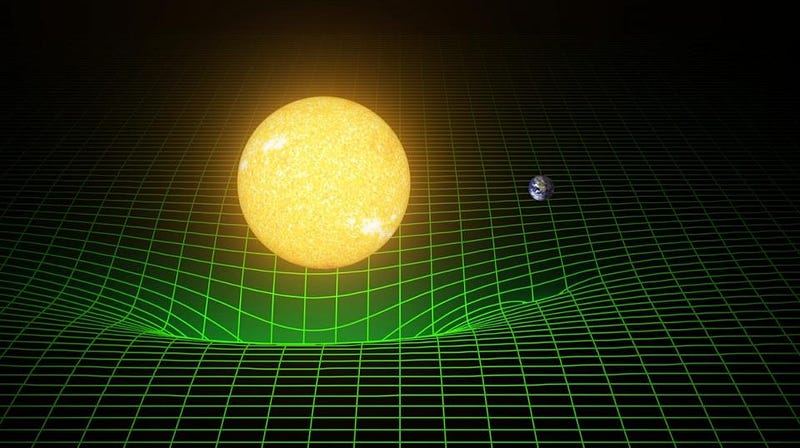
But let’s say you did it anyway. Let’s say your buddy Scotty determined you were worth the huge fuel expenditure, and around the Sun you went in just two hours. That’s two hours as we measure it here on Earth, but you’ll find you’ve made the journey quite a bit faster than that. Thanks to the fact that you’re moving at close to the speed of light, your clocks — your biological clock as well as your watch, smartphone and other mechanical devices — are all going to run slower.

This effect, time dilation, means that you’ll measure that trip as having taken 108 minutes, or about 12 minutes less than your family back at home measures it. If you had gone twice as fast, at 88% the speed of light instead, the entire journey would have taken you just 56 minutes; the faster you go, the less you experience on your journey.
But how is that possible? Didn’t you travel the same distance?
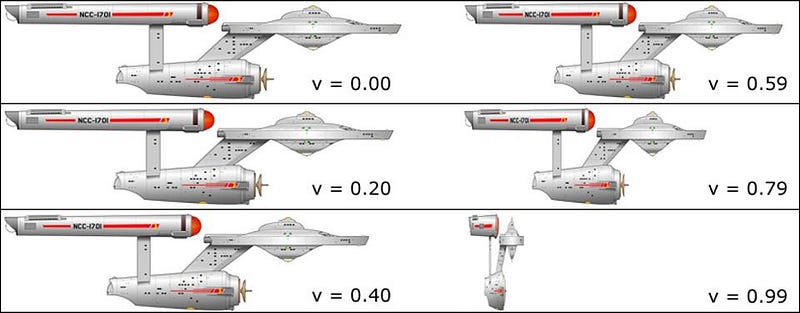
Only from Earth’s point of view. From your perspective, not only is time dilating, but lengths are contracting, too. The faster you move (and faster as in closer to the speed of light), the more space appears to be contracting in your direction-of-motion. Both of those transformations need to occur in order for the speed of light to be a universal constant: the same in all reference frames. If time runs at a different rate, then space needs to appear a different length for everything to match up. That’s the key to special relativity, and at sub-light speeds, that applies no matter where you go.
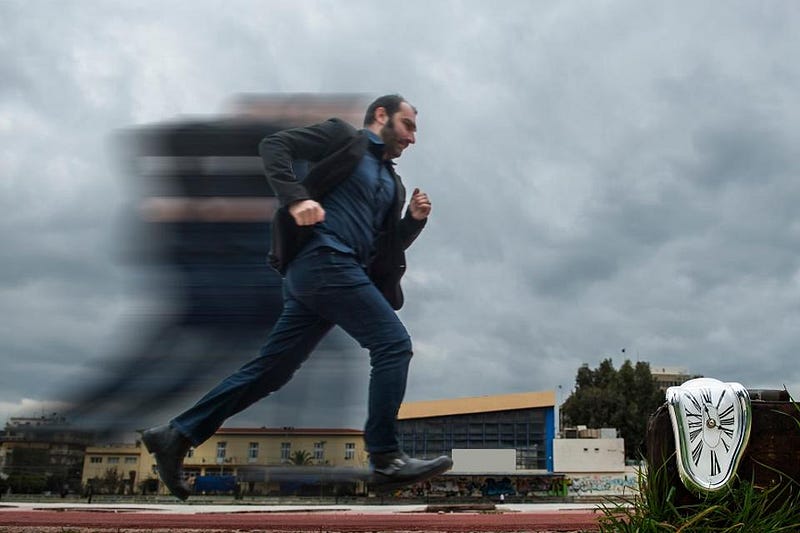
So what about whether or not your spouse believes your story? Here are some tips:
- Don’t try to convince her that you were gone for less than two hours. Respect her reference frame; she wasn’t in yours.
- Enjoy your beers if you like, but don’t try to convince her you weren’t at the pub just because it wasn’t technically the local pub.
- And your 21st-Century technology should work in any reference frame. For heaven’s sake, man, take some photos!

When you come back home, you’ll have had the experience of a lifetime, and you’ll be 12 minutes younger than you would’ve been had you not taken the trip. Back on the couch, after your journey, you’ll once again be at the same location in space and time, but you’ll have taken very different paths to get there. You’ll have gone into space, traveled an additional 940 million kilometers through space, and traveled less distance through time to compensate for that. The two of you will have the same starting point and the same ending point, but will have taken very different paths to get there: she’ll have taken a greater journey through time, while you’ll have taken a greater journey through space. The one constant for you both? The speed of light, at every instant along your journey.

Keep an eye out this fall for my new book, Treknology: The Science of Star Trek from Tricorders to Warp Drive.
Submit your questions for Ask Ethan to startswithabang at gmail dot com!
This post first appeared at Forbes, and is brought to you ad-free by our Patreon supporters. Comment on our forum, & buy our first book: Beyond The Galaxy!
